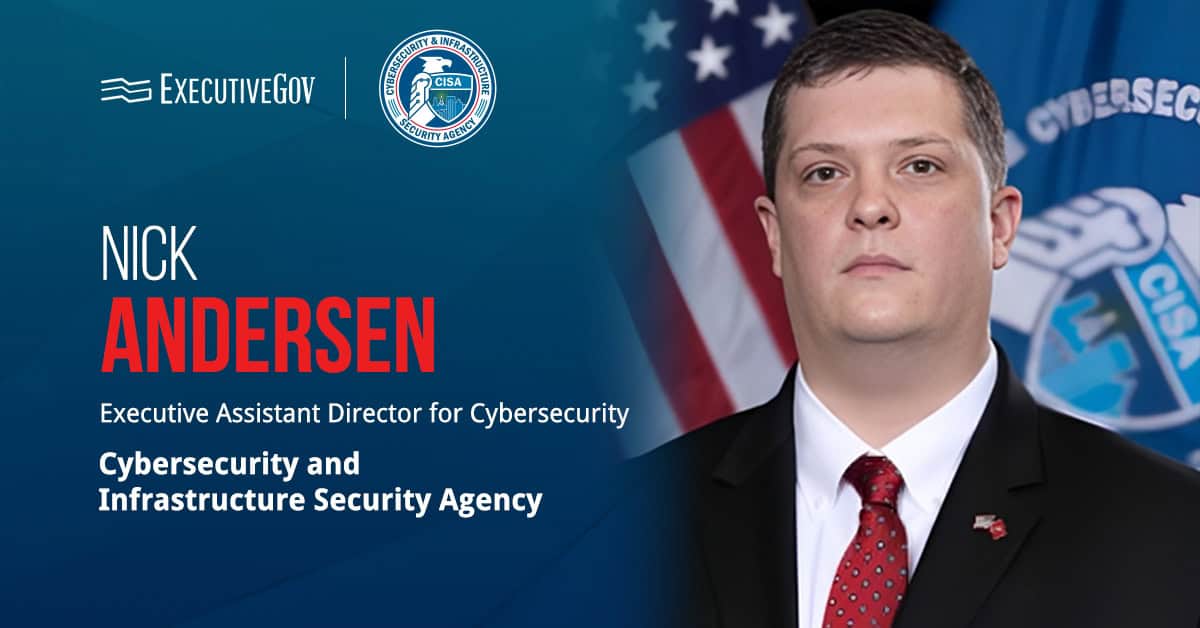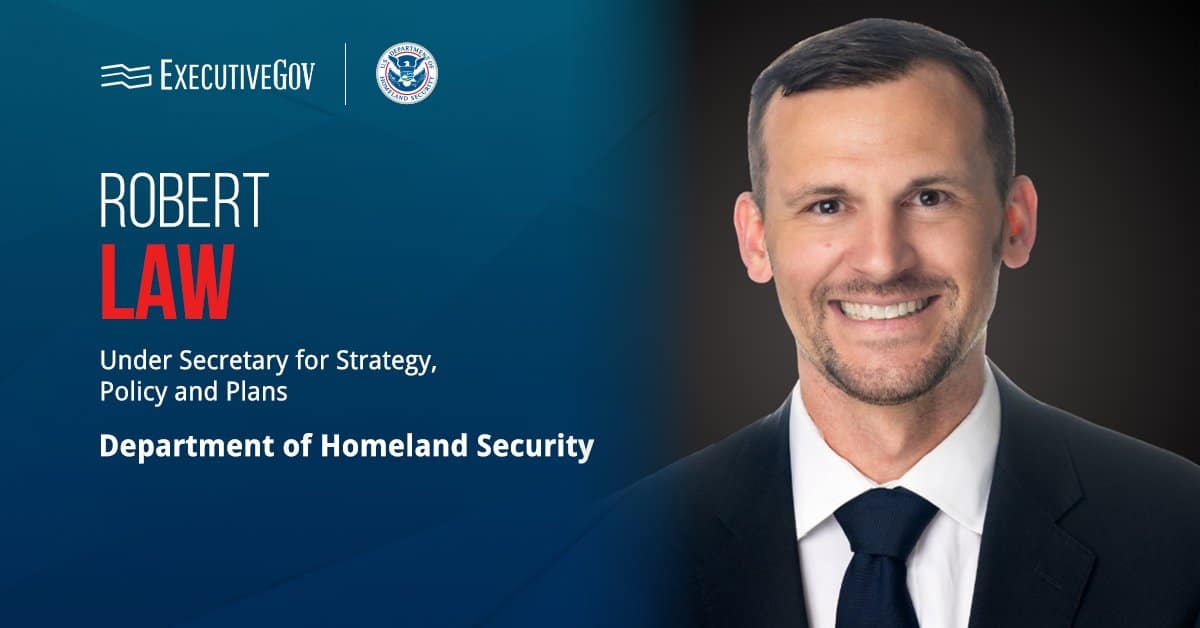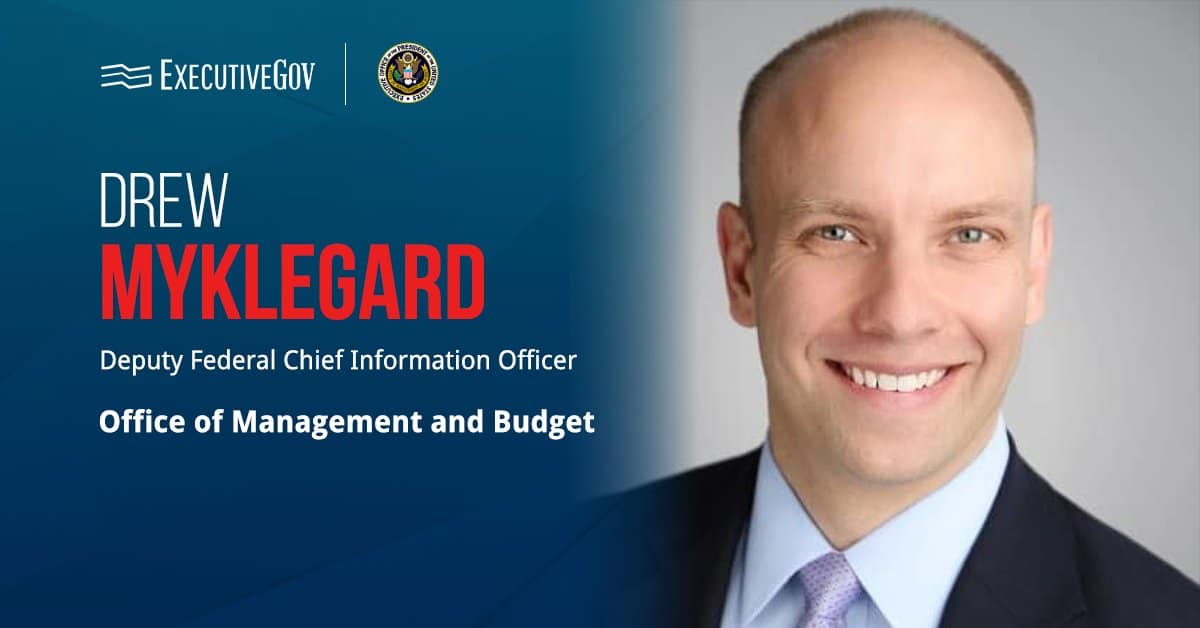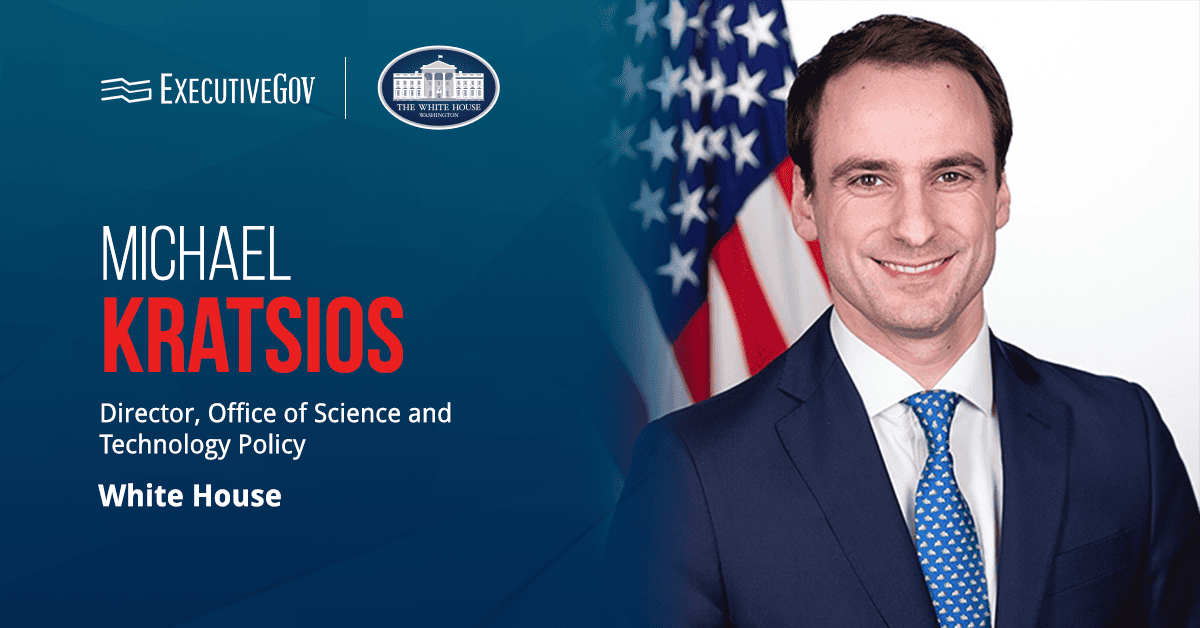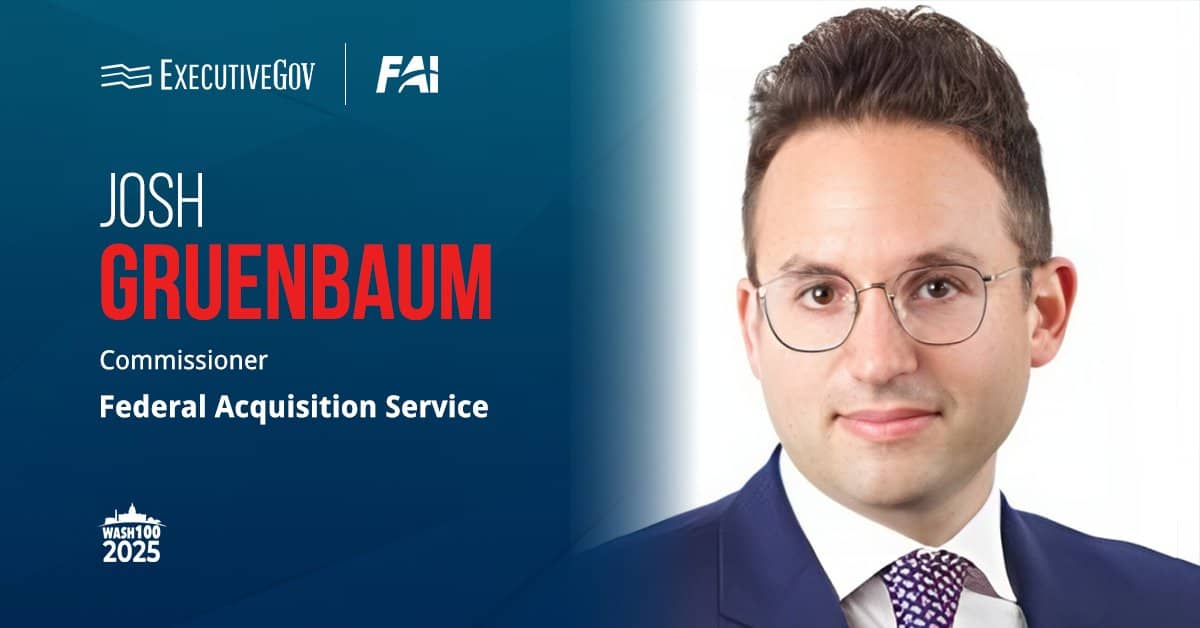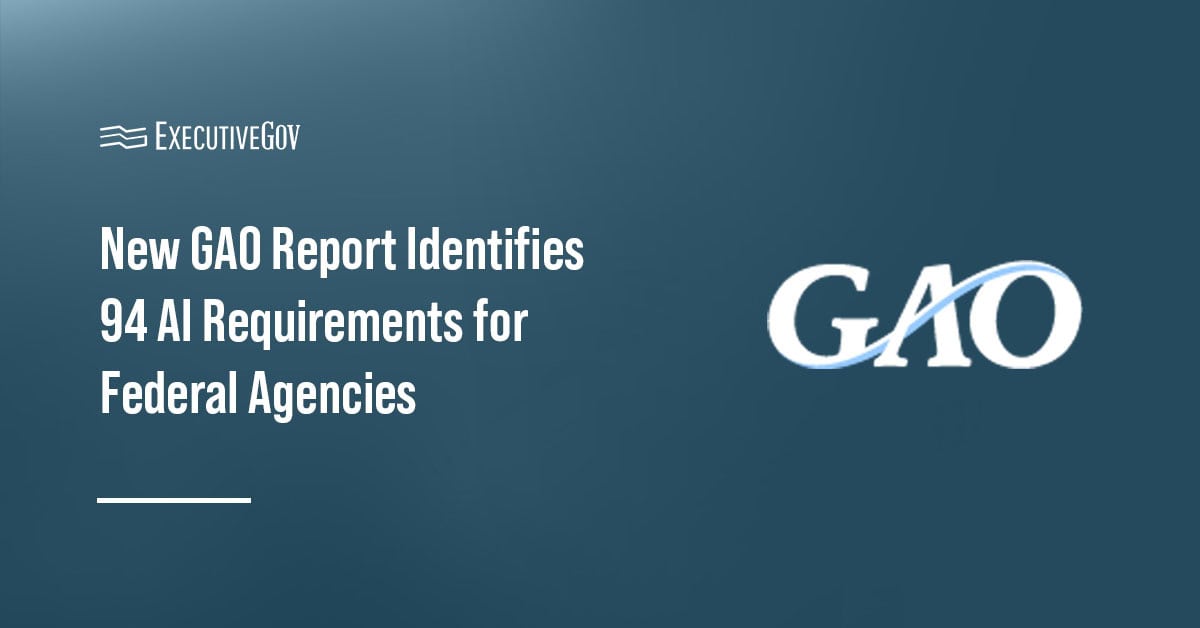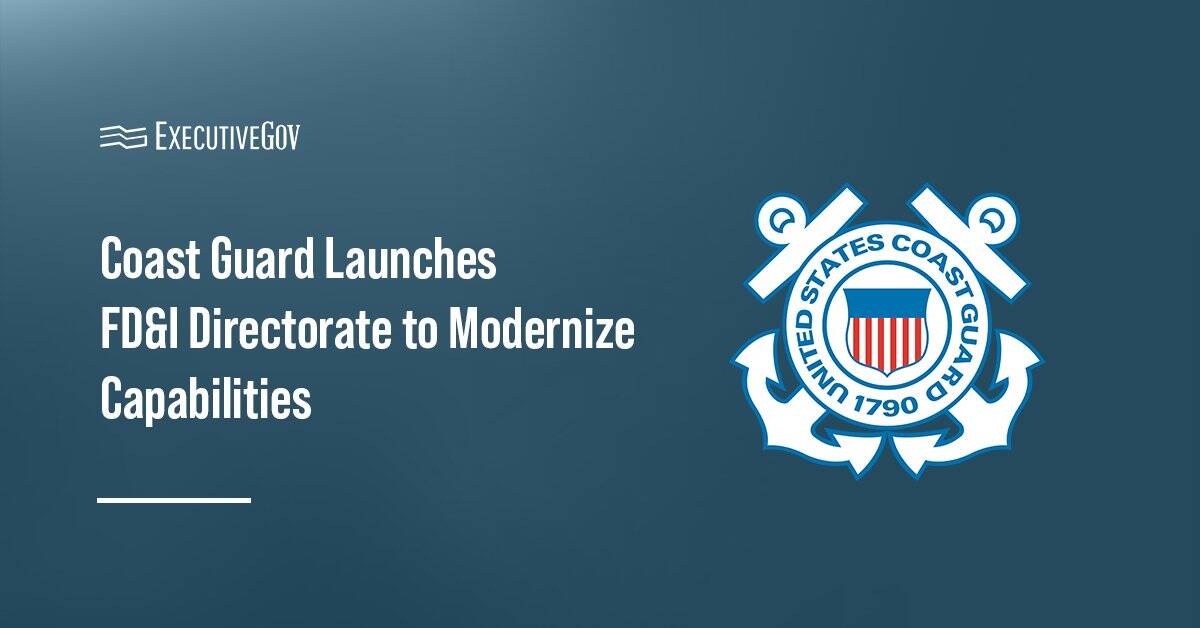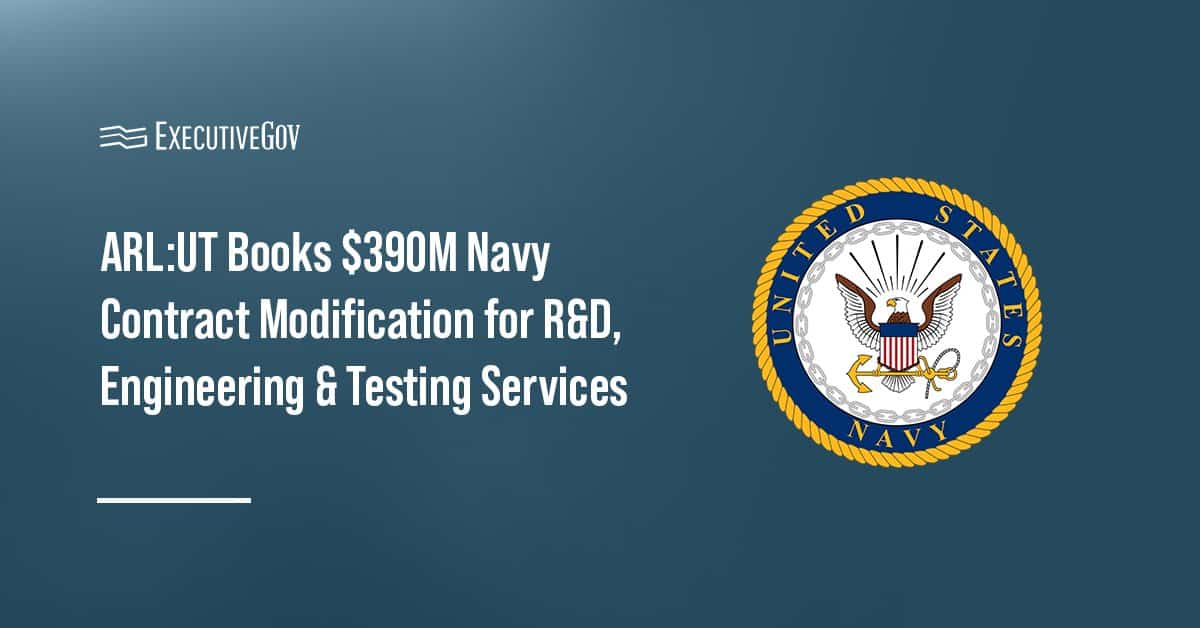The Space Development Agency has launched the first Proliferated Warfighter Space Architecture Tranche 1 Transport Layer space vehicles from Vandenberg Space Force Base in California.
Table of Contents
PWSA Goals—Enhancing Low-Latency Communication
The SDA said Wednesday a SpaceX Falcon 9 rocket deployed 21 data transport satellites into low Earth orbit. The space vehicles, built by York Space Systems, are part of the agency’s PWSA network, which aims to enhance low-latency communication. The T1 constellation is expected to deliver advanced capabilities starting in 2027, including regional persistence for tactical data channels, advanced missile tracking, beyond-line-of-sight targeting, and UHF and S-band tactical satellite communications.
The agency aims to launch a set of satellites each month for the next nine months to complete Tranche 1.
Remarks From SDA’s Gurpartap Sandhoo
“The start of Tranche 1 delivery, just over six years since SDA stood up as an agency, is a remarkable accomplishment, highlighting the speed at which the agency moves. More than that, as the PWSA begins to support military operations, it will enhance our strategic advantage by serving the joint warfighting force with operational capabilities previously thought infeasible from LEO,” said GP Sandhoo, acting director of the SDA.




